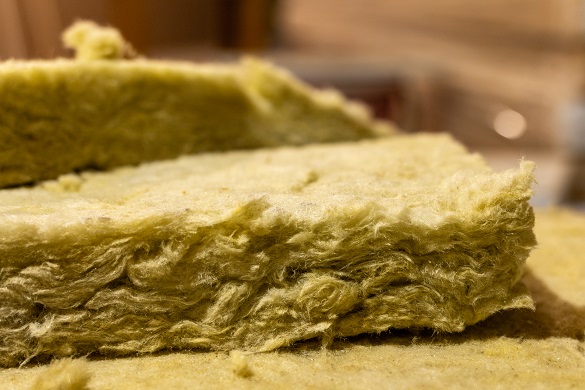Just like we put on layers in winter, our houses need to wrap up too — that’s what insulation is for. By keeping the heat inside, insulation helps you use your heating less and reduce your bills. So, if you want to save money and cut your carbon emissions, home insulation is a great idea.
What this article covers
- How to tell if your home needs insulation
- Types of insulation
- Roof and loft insulation
- Cavity wall insulation
- Solid wall insulation
- Floor insulation
- How to get a grant for home insulation
- Draught-proofing tips to shut out the cold
How to tell if your home needs insulation
First, it’s best to check your rooms for any unintentional openings that are letting hot air out. Note that you should not try to block any air vents or air bricks, as this risks causing damp.
However, you’ll want to seal up any cracks or gaps that weren’t part of the home’s design. Start by checking your attic, basement and crawl spaces for any openings where cold air may be coming through.
Sometimes you might not be able to see a gap or feel a draught. In that case, you can use this method to check how insulated your house or any room is:
- Turn the heating on until the house or room feels warm.
- Turn the heating off again.
- Wait and see how long it takes for the space to cool down.
If the space cools quickly, that means your insulation isn't as good as it should be.
Next, you’ll want to find out exactly where the heat is escaping from. Some ways to do this are:
- Check the house’s Energy Performance Certificate (EPC) — this will tell you what insulation there is and how you can improve it. If you don’t have it to hand, you can find your EPC on the government website.
- Touch the inside walls and floor to see if they feel cold.
- Light a candle and hold it near doors and windows — if the flame moves, there’s probably a draught coming in.
- On a snowy or icy day, go outside and see if the snow or ice has melted on your roof — if so, it might mean heat is coming up through the roof.
Types of insulation
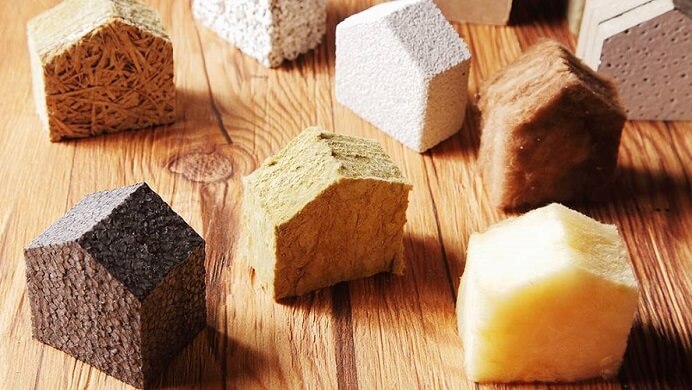
Heat rises, but that doesn’t mean heat only leaves through the roof. Heat can escape from almost anywhere in your home that’s not insulated. This includes the roof, walls, windows, doors and floor.
Which insulation you should do first depends on how good your insulation is already. The EPC report for your home will have advice on improving the house’s energy efficiency, including insulation. These recommendations are a good starting point for deciding how to insulate a house.
The EPC report also shows your current energy spending and what you could save with insulation and other measures. So if you want to know how much it'll cost to insulate your house, check the EPC report first.
Roof and loft insulation
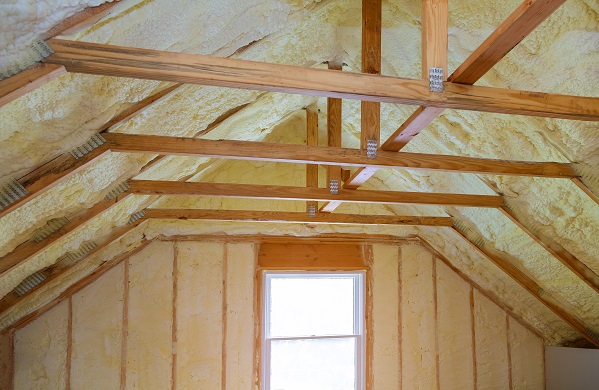
According to the Energy Saving Trust, in uninsulated homes, a quarter of the heat leaves through the roof. There are two ways to insulate the top of your house: between the loft joists or under the roof rafters.
- Loft joists: insulate here to keep warm air under the loft — this means the loft space will be colder.
- Roof rafters: insulation here lets warm air rise into the loft, so the loft space will also be warm.
If the loft is a living space, you’ll want to insulate the roof rafters so heat can enter the loft. Otherwise, you’ll want to insulate the loft floor to keep the heat underneath, in the top floor of your home.
Using UK Government data from England and Wales, we’ve put together estimates of the costs and savings of loft insulation. These figures are based on the following factors:
- Three people living in the home
- Heating with a gas boiler
- Thermostat set at 19 °C, day and night
- Any age of house (pre-1930 to present)
- Loft that hasn’t been converted into a room
- Less than 200 mm of loft insulation already
The savings reflect the October 2022 energy price cap, so they could increase or decrease depending on energy prices.
Cavity wall insulation
About a third of all the heat lost in an uninsulated home escapes through the walls. By properly insulating cavity walls, you'll save energy and cut costs off your heating bill.
Here are some estimates of the potential cost and savings of cavity wall insulation. These figures are based on data from gov.uk for England and Wales, using these factors:
- Three people living in the home
- Heating with a gas boiler
- Thermostat set at 19 °C day and night
- Any age of house (pre-1930 to present)
- Only cavity walls in the house
- No cavity wall insulation already
The savings calculated reflect the October 2022 energy price cap.
Cavity wall insulation
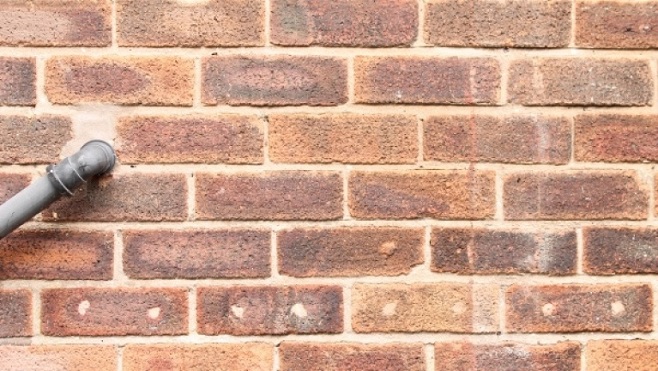
About a third of all the heat lost in an uninsulated home escapes through the walls. By properly insulating cavity walls, you'll save energy and cut costs off your heating bill.
Here are some estimates of the potential cost and savings of cavity wall insulation. These figures are based on data from gov.uk for England and Wales, using these factors:
- Three people living in the home
- Heating with a gas boiler
- Thermostat set at 19 °C day and night
- Any age of house (pre-1930 to present)
- Only cavity walls in the house
- No cavity wall insulation already
The savings calculated reflect the October 2022 energy price cap.
Solid wall insulation

Did you know that solid walls let twice as much heat escape as cavity walls? For a detached house, insulating solid walls could save you as much as £455 a year.
Solid walls leak as much as 45% of the heat from your home — so insulating them makes a good deal of sense. It’s possible to insulate either the inside or the outside of your walls, and each option has its pros and cons.
These are some estimates of the potential cost and savings of solid wall insulation. This UK Government data for England and Wales uses these factors:
- Three people living in the home
- Heating with a gas boiler
- Thermostat set at 19 °C day and night
- Any age of house (pre-1930 to present)
- Only solid walls in the house
- No insulation on the solid walls already
The savings reflect the cost of energy as of the October 2022 price cap.
Floor insulation
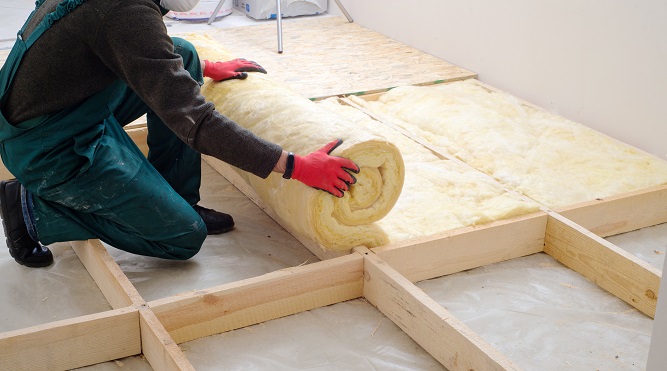
Insulating your ground floor is a simple way to keep your property warm. If you’re on an upper floor, you don’t usually need to insulate your floor space.
However, you should consider insulating any floors that are above unheated spaces such as garages, as you could be losing a lot of heat through those.
The average cost for floor insulation is between £1,600 to £2,900, according to the Energy Saving Trust. However, it also depends on what flooring you have.
We’ve collected estimates of the potential cost and savings of insulating a suspended timber floor. Based UK Government data for England and Wales, we’ve used these factors:
- Three people living in the home
- Heating with a gas boiler
- Thermostat set at 19 °C day and night
- Any age of house (pre-1930 to present)
- Only suspended timber floors in the house
- No floor insulation already
The savings are based on the energy prices set in the October 2022 price cap.
How to get a grant for home insulation
There’s an energy efficiency scheme run by the government in Great Britain called the Energy Company Obligation (ECO). This scheme aims to help people in fuel poverty while reducing the country’s carbon emissions.
Draught-proofing tips to shut out the cold
We’ve covered the big insulation areas, like walls, roofs and floors. But you’d be surprised how much heat can escape through tiny gaps in your windows, doors and elsewhere.
Draught-proofing is one of the cheapest and most effective ways to save energy and money — in any type of building.
What are the benefits of draught-proofing your home?
- Keeps your home warm and energy efficient
- Saves money on your fuel bills
- Lowers your carbon footprint
Controlled ventilation helps reduce condensation and damp, by letting fresh air in when needed. However, draughts are uncontrolled; they let in too much cold air and waste too much heat.
Here are the key areas and how to draught-proof them:
Windows

For windows that open, you can buy draught-proofing strips to stick around the window frame. The best ways to insulate existing windows with draught-proofing materials are:
- Self-adhesive foam strips: these are cheap and easy to install but may not last long.
- Metal or plastic strips with brushes or wipers attached: these cost a little more but are hard-wearing.
Check the strip is the right size to fill the gap in your window. If the strip’s too big, it'll get squashed and stop the window from shutting properly. If it’s too small, there'll still be a gap.
For sliding sash windows, foam strips don't work well. It’s best to fit brush strips or consult a professional. For windows that don’t open – use a silicone sealant. If you’re thinking of replacing your windows, consider installing energy efficient windows.
External doors
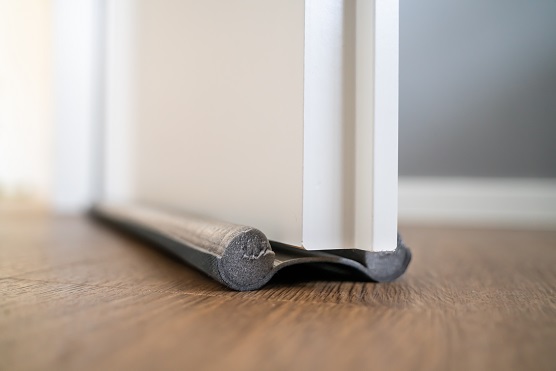
Sealing your external doors is a simple and cost-effective way to improve energy efficiency and reduce bills and it’s a significantly more affordable solution than buying and installing a brand-new door.
Your external doors might already be sealed at the edges, but over time, cracks can form, and a seal can break.
There are four main things to consider:
- Keyhole draught excluder: buy a purpose-made cover that drops a metal disc over the keyhole.
- Letterbox flap: use a letterbox flap or brush.
- Gap at the bottom: block it with a brush or hinged flap draught excluder.
- Gaps around the edges: fit foam, brush or wiper strips like those used for windows.
Internal doors

Inside doors need draught-proofing if they lead to a room you don’t normally heat, such as your spare room. Keep those doors closed to stop the cold air from seeping into the rest of the house.
Inside doors between two heated rooms don’t need draught-proofing as you don’t lose energy when warm air circulates.
Chimneys
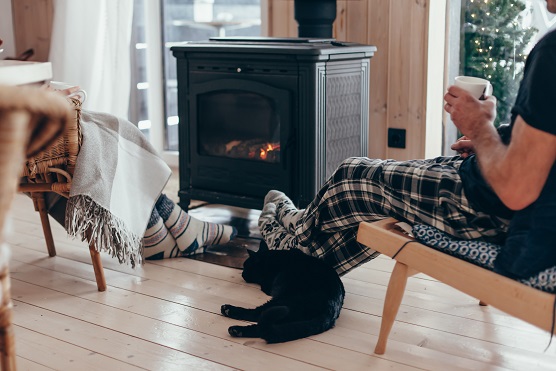
Chimney draught excluder
A chimney draught excluder fits in the chimney or around the fireplace. It’s a barrier to stop warm air escaping up and cold wind blowing in.
There are inflatable models, like a balloon with a small vent for a little air to pass through. There are also fixed-size draught excluders, often made from a breathable material like wool.
Chimney cap
A chimney cap, usually made of terracotta, sits on the top of your chimney above the roof. This will stop draughts as well as foreign objects and birds from getting in your chimney. However, it's more expensive and needs a professional to install.
If you later decide to light a fire in your fireplace, you must remove the draught-proofing first.
Floorboards and skirting boards
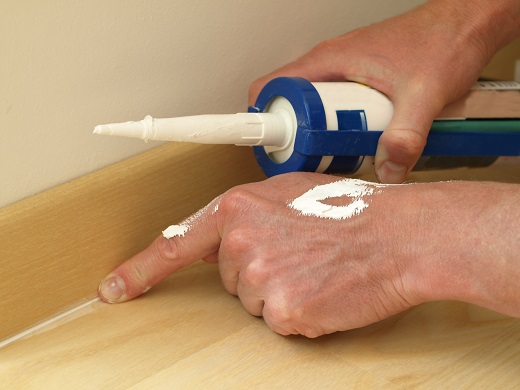
You can block cracks in your floor by squirting filler into smaller gaps or expanding foam into larger ones. Because your floor will expand and contract over time, you’ll need a filler that allows movement. These fillers are usually silicone-based.
Look for these types of products:
- Flexible fillers
- Decorator’s caulk
- Mastic-type products
Check whether you also need to insulate between the skirting board and the floor.
Loft hatches
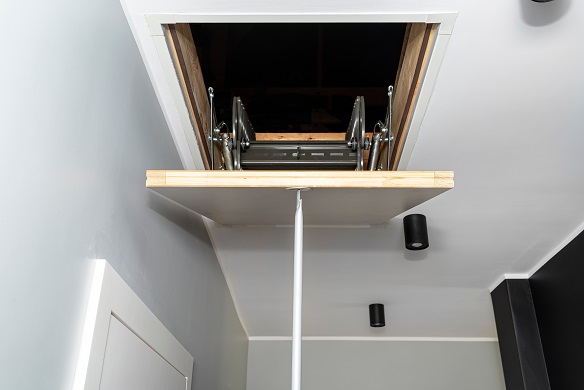
Hot air rises, so if your loft hatch is uninsulated, it will let heat escape. You can use strip insulation on a loft hatch, the same as on an external door.
Pipework
You can fill small gaps around pipework with silicone fillers, like the fillers used for skirting boards and floorboards. Fill larger gaps with expanding polyurethane foam. This is sprayed into the gap, expands as it dries, and sets hard.
Unless you’re experienced, you’ll probably need a builder to fill any large fan outlets. They may use the same material as your wall, such as bricks or concrete.
Cracks in walls
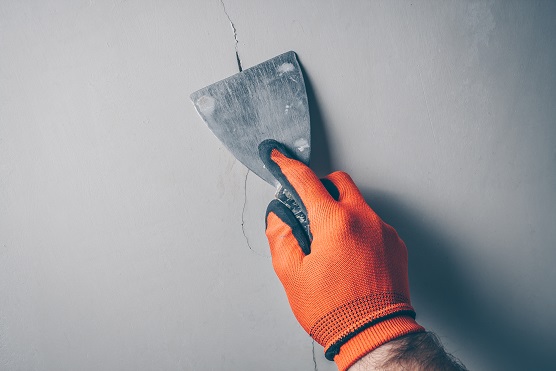
You can fill wall cracks with cements or hard-setting fillers. These will work around electrical fittings on walls and ceilings, and at ceiling-to-wall joists. If there's a large crack in your wall, it's worth checking if there’s an underlying problem. Consider asking a surveyor or builder to see what caused the crack in the first place.
Our blog is loaded with more related articles

Boiler help and advice
What to do if your boiler is leaking water
The boiler is an essential part of any modern home. Without it working you can forget about any hot showers to start the day or...
Read more

Boiler help and advice
Annual boiler service: what it costs
Find out why it’s so important to book an annual boiler service, as well as how much it costs and what to expect before,...
Read more
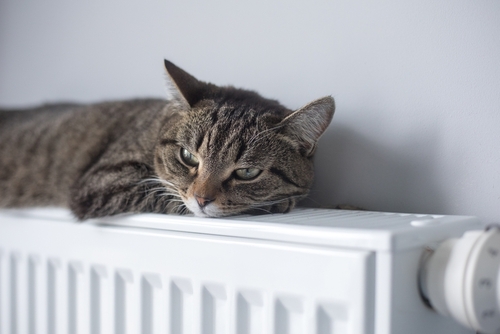
Plumbing and heating tips
How to keep your house warm in winter
From checking your thermostat to insulating your roof, here's our top tips to keeping your home warm in winter.
Read more
